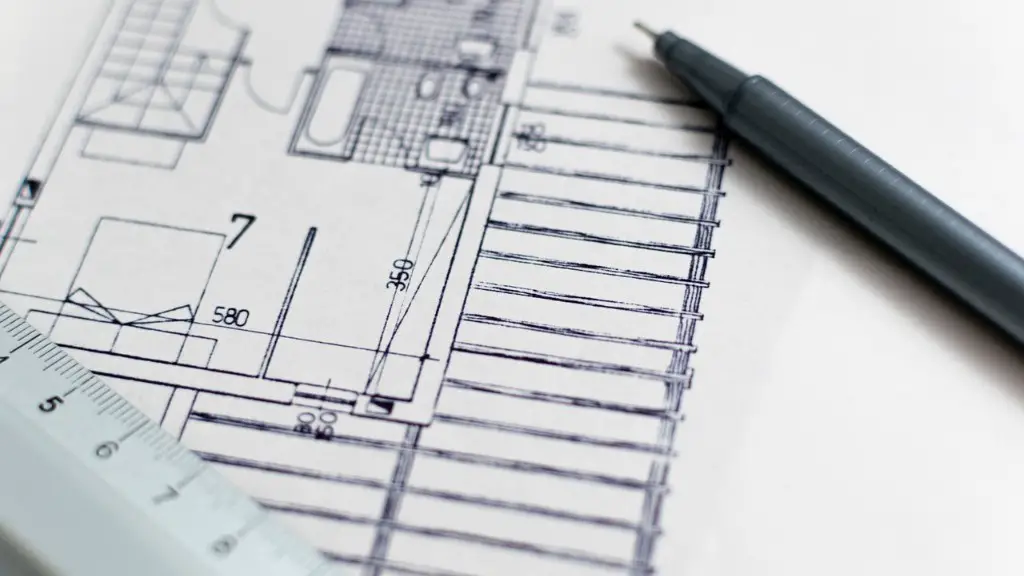Understanding System Architecture Diagram
A system architecture diagram is a visual representation of the components of a fully developed system. It helps to explain the roles and relationships between software, hardware, and networks. It can also be used to predict future needs and accommodate new requirements. With the help of system architecture diagrams, designers can produce easy-to-follow, comprehensive descriptions of system structures.
System architecture diagrams can be used to assist with understanding, designing, and implementing systems that are flexible, secure, and robust. This type of diagram is especially helpful for organizations implementing new processes or technologies. It is also beneficial for designers developing new software or hardware systems.
The Benefits of System Architecture Diagram
System architecture diagrams offer several benefits to designers and engineers. First, they provide an overview of a system’s components and how they interact with each other. This is invaluable information that helps ensure optimal functionality and compatibility. Second, they can assist with troubleshooting. If a component fails, the team can easily identify which other components may be affected.
Third, they enable designers to identify patterns and opportunities for optimization. This is especially true when the same systems are deployed in different locations. System architecture diagrams enable designers to create consistent configurations and minimize the number of errors. Finally, system architecture diagrams are useful for communicating complex systems to non-technical stakeholders, such as investors and customers.
Essential Steps for Creating System Architecture Diagram
Designing an effective system architecture diagram requires several steps. First, designers need to determine the primary context of the system. This includes the purpose, environment, and constraints of the system. They also need to identify and document key elements, like the user interface, database, and communications components.
Second, designers should identify the relationship between each component. This involves connecting the various components with one another, showing the input and output of each component, and describing the corresponding processes. Third, they need to define the system architecture. This involves mapping out the software, hardware, and network components. Finally, designers need to validate and adjust the system architecture diagram. This means ensuring all components are integrated properly, the relationships are accurate, and any inconsistencies are corrected.
Approaches and Tools for Designing System Architecture Diagram
There are several approaches and tools available for designing system architecture diagrams. Common software tools include Microsoft Visio, OmniGraffle, and Enterprise Architect Suite. These tools provide various diagram types, like activity diagrams and sequence diagrams, to accurately depict system interactions.
That said, designers should not get bogged down in the tools. The goal of system architecture diagrams should always be to convey complex systems in a clear and concise manner. To that end, manual approaches may be ideal for low-tech systems. This includes bubble diagrams and cause-and-effect diagrams.
Best Practices for Designing System Architecture Diagram
When designing a system architecture diagram, designers should follow best practices to ensure clarity and accuracy. First, they should use appropriate symbols to illustrate components, process, and relationships. This makes it easier to interpret the diagram. Second, they should clearly label each component. Over-labeling can clutter diagrams, though, so it’s important to strike a balance.
Third, they should arrange components logically. Diagrams with elements placed in disorganized or random order can be difficult to interpret. Fourth, they should use consistent notions throughout the system architecture diagram. This will help ensure components are interpreted correctly. Fifth, they should consider the big picture. Diagrams that focus too much on details can lose sight of the overall system.
Communicating System Architecture Diagram
Designers not only need to create system architecture diagrams, but also communicate their design. This means making sure diagrams are easily understandable by non-technical personnel. To achieve this, designers should use annotations carefully and if necessary, create simple diagrams that emphasize key concepts.
Designers also need to present their diagrams in a clear and concise manner. This means providing only relevant information, using visuals to highlight connections, and focusing on the elements that are of most interest to the viewer. Referencing previous design decisions and keeping the system architecture diagram up-to-date can also be beneficial.
Analyzing System Architecture Diagrams
Before implementing a system architecture diagram, a systematic review and analysis should be conducted. This ensures the diagram is robust, secure, and accurately reflects the system. Designers should begin by considering constraints, like budget, scalability, and reliability. They should also review the existing structure of the system, including data relationships and dependencies.
Designers also need to analyze component interactions and relationships. This ensures every component and process described in the diagram can be incorporated into the system. Finally, they should consider alternative solutions and compare their pros and cons against the current diagram.
Integrating and Testing System Architecture Diagrams
Once the system architecture diagram is approved, the designer needs to begin integrating and testing the design. For integrated systems, this includes checking for compatibility and ensuring all components function properly. A system test should also be conducted to identify any discrepancies or glitches.
If necessary, designers should also consider a user interface and user experience evaluation. This will help ensure the system is efficient, user-friendly, and intuitive. Finally, the system architecture diagram should be implemented and deployed. This will involve configuring the various components appropriately.
Standardizing System Architecture Diagrams
Designers must also ensure system architecture diagrams stay consistent and up-to-date. This includes reviewing diagrams regularly and documenting any changes. For complex systems, designers should also develop processes for creating, documentating, and driving alignment in the system architecture diagram.
Adopting a model-driven approach can be helpful here. This involves capturing system designs and intentions in a model, which defines the data behavior and organizational rules in a system. In doing this, designers can streamline processes and define reusable components, ensuring system architecture diagrams remain standardized and relevant.


